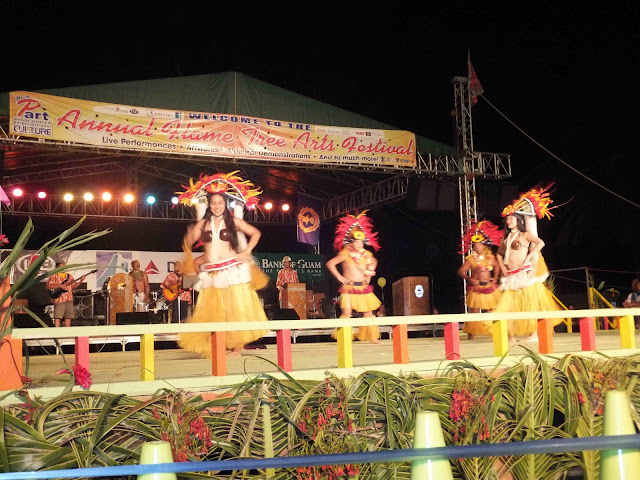A young mother-to-be, at about 6 months pregnant, developed a urinary tract infection. Common enough and quite easy to treat. Coming from a local family with little means, she couldn't afford the $5 for the antibiotic. Until this summer, the Medicaid she had would have covered this routine prescription and she may have gotten her treatment. Because the local government has not paid it's bills to the pharmacies of the CNMI*- over a $1,000,000 owed- that is no longer the case. Instead, the infection spread and caused her to go into labor 3 months early. Rushed to the hospital, the obstetrics team could not stop the delivery. The small, fragile boy was born weighing under 2 pounds and after barely surviving the first few days, it was clear he would need around the clock critical care. At 3 weeks of age, he has made only small improvements and needed to be transported by our medical team across the ocean for specialized care. At a minimum, his bill for the transfer and care at the other hospital will be $50,000. That is besides the critical care hospital bill for the last 3 weeks, and the months of care he will still need in the future.
We work at the only hospital in the CNMI, on the largest of the 12 islands, three of which have a significant population. In a probationary period by Medicaid, there is a real chance of losing the main stream of funding that keeps this hospital afloat. The governor is currently in the process of being impeached for charges of corruption. If only we could be optimistic that the future is brighter and the local officials would take the healthcare of their community seriously by appropriately allocating funds and finding long-term solutions. Either way, we returned back to Saipan to serve this generous, proud, smiling island people as long as we can.
On a lighter note, we after returning from our Asia travels, we now live closer to the more rugged Pacific (east) coast of the island. Here's some pictures from adventures out here.
*Commonwealth of the Northern Mariana Islands
We work at the only hospital in the CNMI, on the largest of the 12 islands, three of which have a significant population. In a probationary period by Medicaid, there is a real chance of losing the main stream of funding that keeps this hospital afloat. The governor is currently in the process of being impeached for charges of corruption. If only we could be optimistic that the future is brighter and the local officials would take the healthcare of their community seriously by appropriately allocating funds and finding long-term solutions. Either way, we returned back to Saipan to serve this generous, proud, smiling island people as long as we can.
On a lighter note, we after returning from our Asia travels, we now live closer to the more rugged Pacific (east) coast of the island. Here's some pictures from adventures out here.
*Commonwealth of the Northern Mariana Islands



